Precinct Development Plan
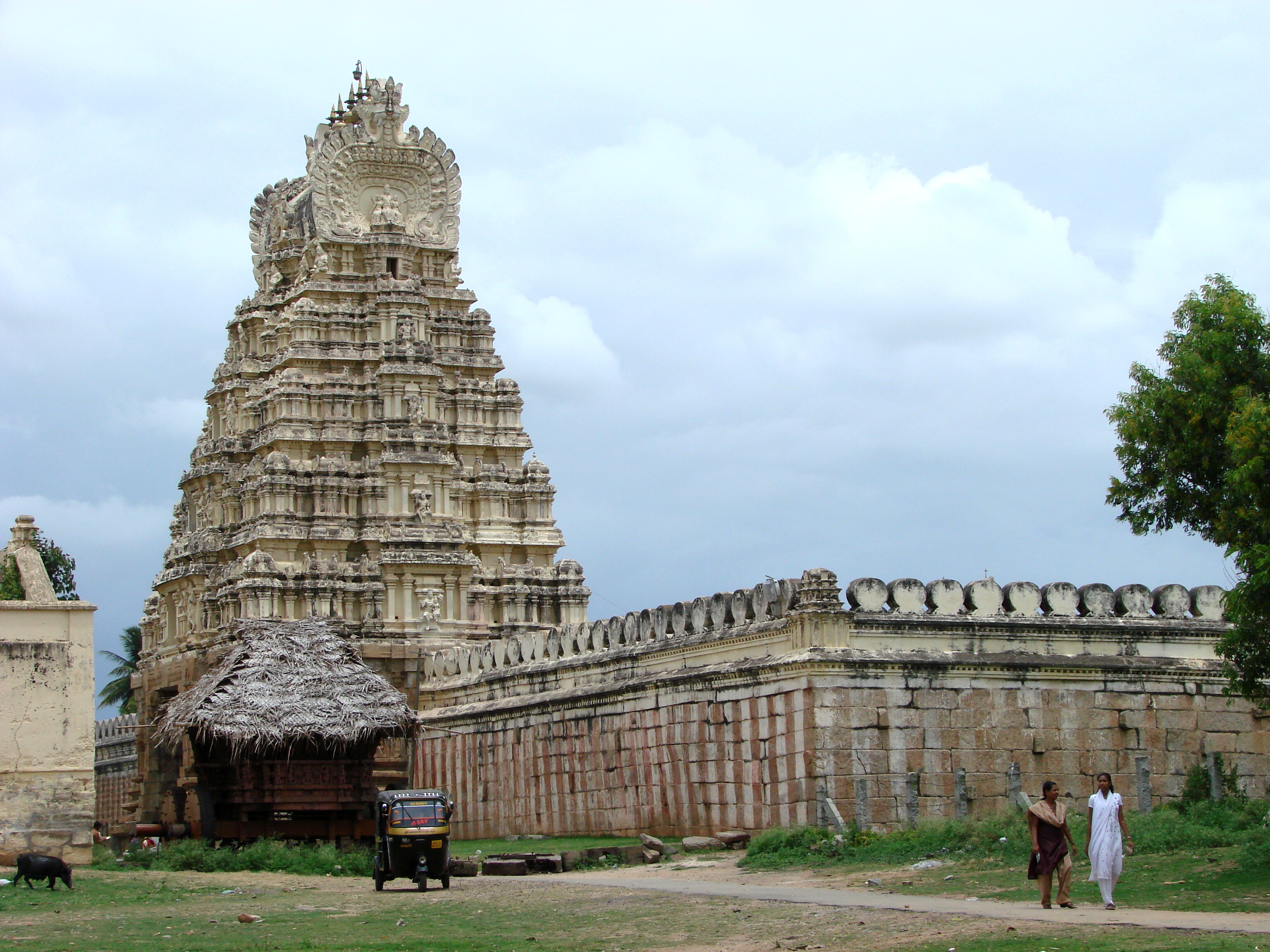
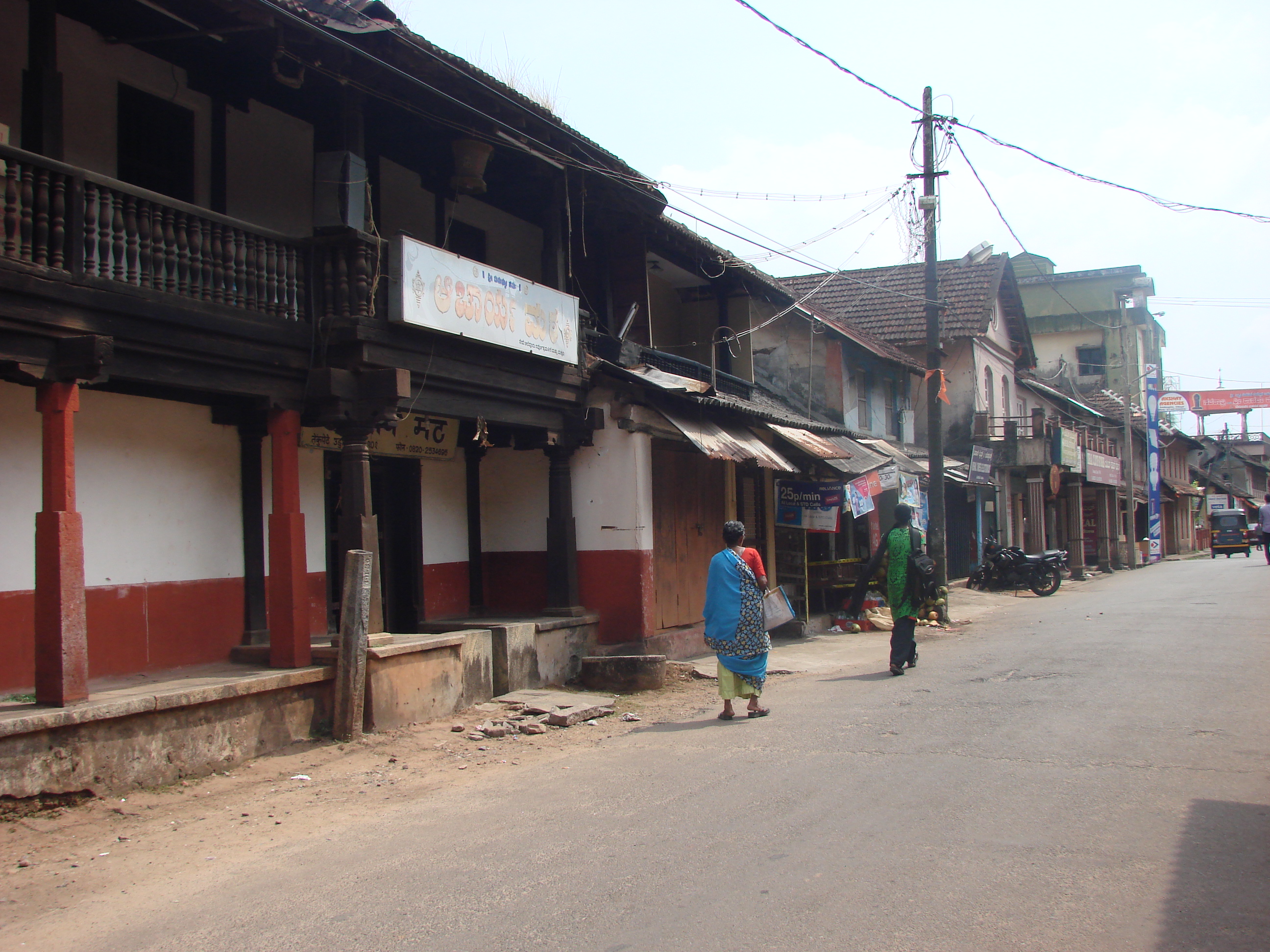
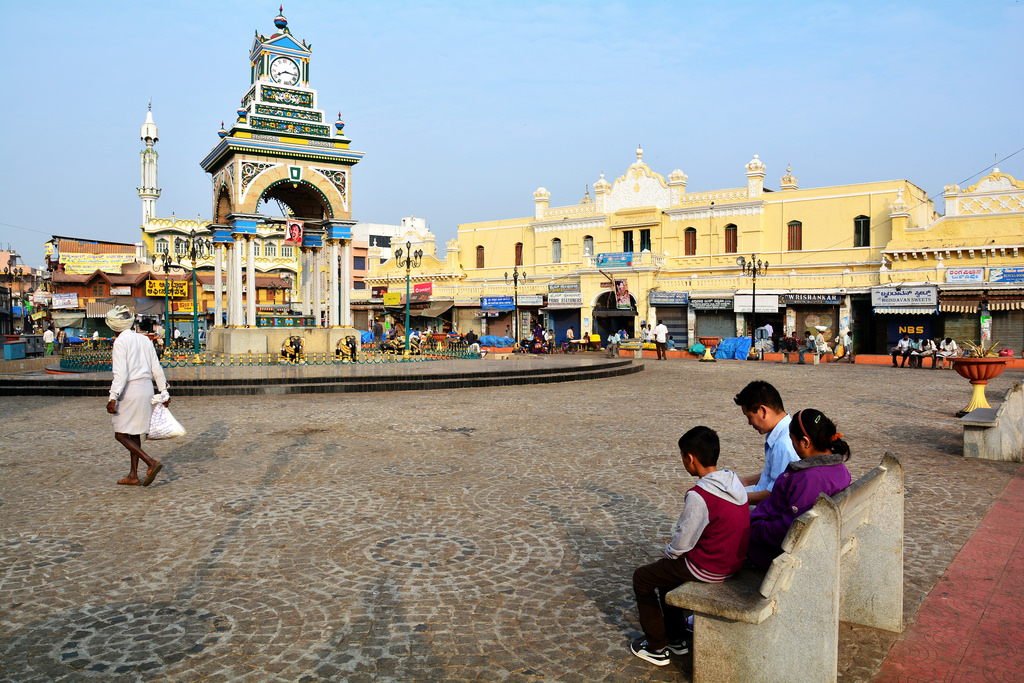
The plan was a follow up to a workshop on “Planning tools for urban heritage conservation and development of Mysore” held in November 2011. It was convened by Government of Karnataka, Mysore City Corporation (MCC) and IHCNF and was led by Mr. Paul Trouilloud, Architect, and Town Planner, French Ministry of Culture and Mr. Gerard Gasselin, Town Planner, France and part of collaborative activities between ANVPAH and IHCNF. The Plan led to the identification of a heritage conservation area, namely the ‘Devaraja Market Heritage Precinct’ and defining the regulations and guidelines for its conservation and development. The plan prepared by Pierangelo Cacciotti and Paul Trouilloud is addressed towards the local planning authority as additional planning guidance supporting heritage aware decisions on proposed developments, building permits and all private and public works within the Precinct Area.
Lansdowne Building and Land Appur- tenant development, Mysore, Karnataka
Lansdowne building is a 120-year old structure at the heart of the city of Mysore. Being in a state of despair for long, a portion of the roof collapsed in August 2012 killing 4 people instantly. Combating strong movement for the demolition of the building, IHCNF strongly appealed that the building should be declared a heritage building and conserved. Through support from the youth, the local people and Facebook campaign called ‘Save Lansdowne Building’ the campaign was a success and the government declared Lansdowne as a heritage structure and stopped its demolition. Subsequently, IHCNF assisted the Municipal Corporation of Mysore in the preparing of estimates for the restoration and repair of the building. IHCNF verified and gave the necessary specifications and proposals for the infrastructure development of the building and land Appurtenant. Since 2016 IHCNF has been monitoring the implementation of conservation works on the building.
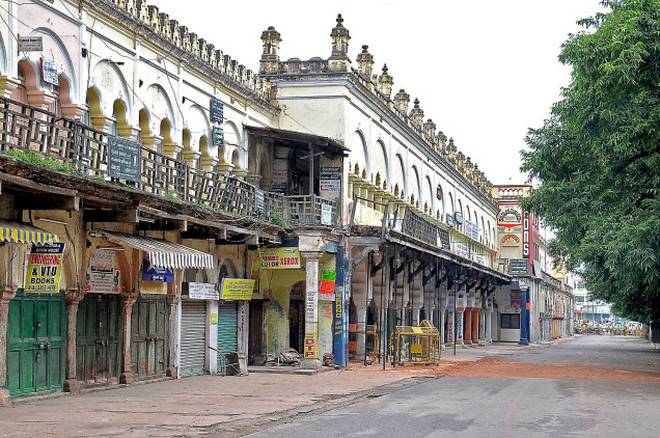
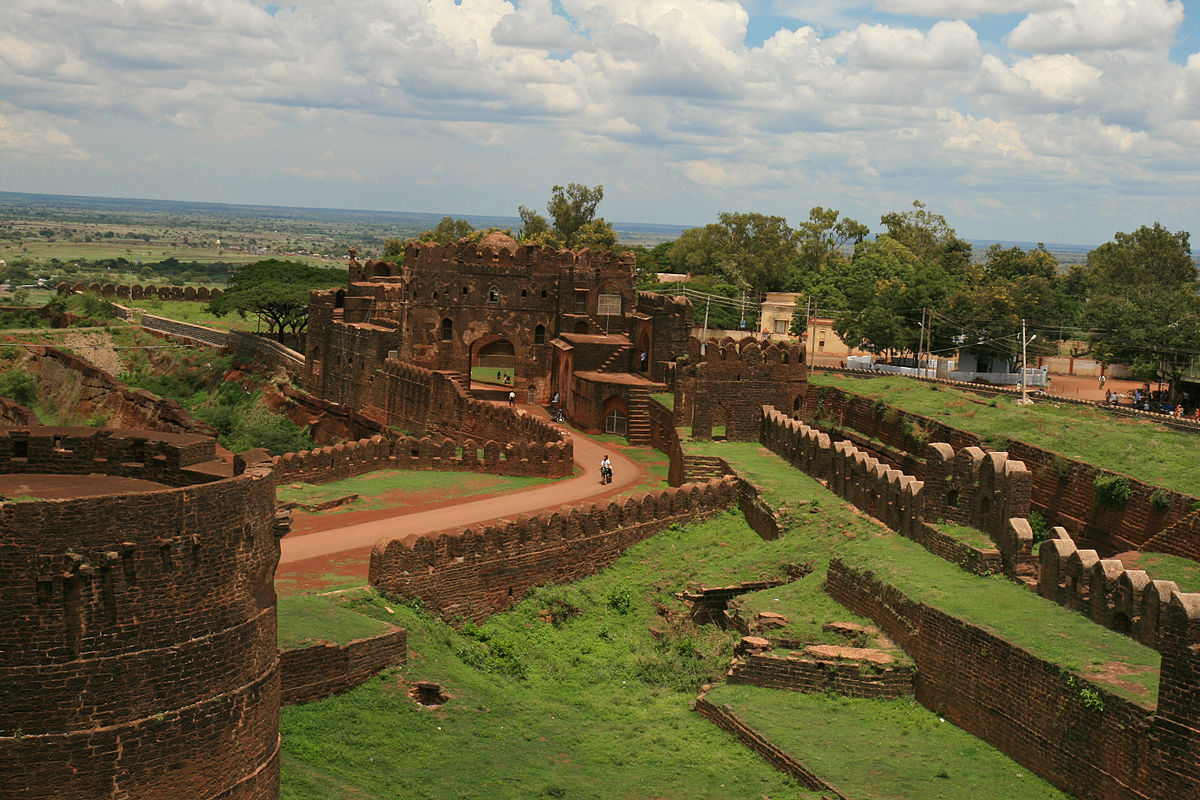
IHCNF has identified and proposed two Heritage Walk routes in the historic city of Bidar. The historic market precincts of Bidar has been included as part of it and proposed for revitalization and infrastructural development. The proposed project will help in improving the entire market cluster showing Bidar Trade, which forms a distinct cultural and
In 2012 IHCNF initiated a study of Bidar’s Karez system initially under the framework of a 3 year MOU with the Government of Karnataka (GOK) and with the support of the District Administration. An initial research report was submitted to GoK in 2014 with a proposal for a
and IIT Hyderabad further helped in getting technical guidance for the project.
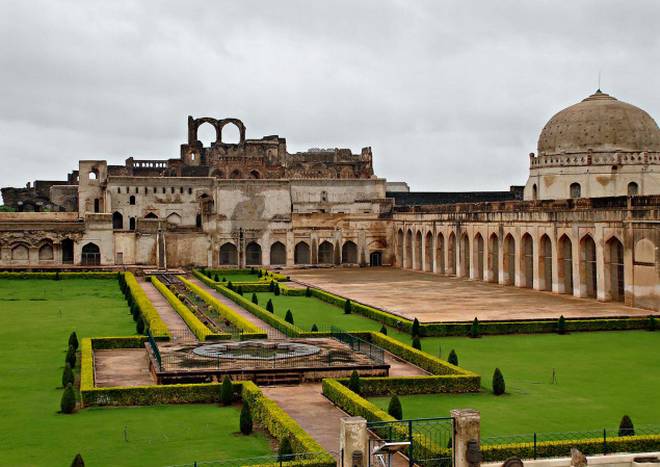
About
IHCNF got registered as a Trust on 27th March 2009 establishing it as an independent Indian organization. Its secretariat was initially set up in Mysore, Karnataka with the support of Government of Karnataka.
Designed By Vinay Banigol
What we do
Home
About IHCN-F
Gallery
Careers
Contact Us
Contact
Venkatappa Art Gallery, Kasturba Road, Bangalore Karnataka -560001
+91 08 2286 6286
info@ihcn.in
ed@ihcn.in
